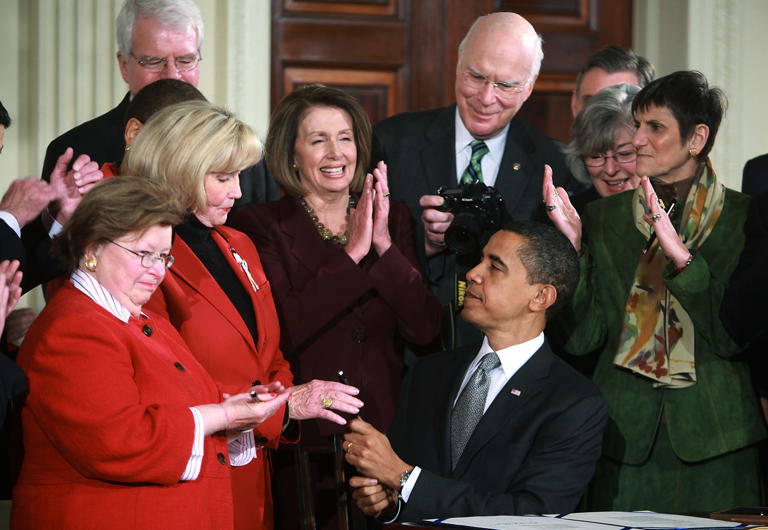Despite the strides made since the signing of the Equal Pay Act in 1963, the persistence of the gender pay gap in the United States remains a glaring issue. While the legislation aimed to rectify the unfair practice of paying female employees less than their male counterparts for the same work, the reality today paints a different picture.
Data analysis conducted by the National Partnership for Women & Families reveals that women, on average, earn only 78 cents for every dollar earned by men. This stark wage gap persists across various sectors and job roles, with disparities even wider for women of color and other marginalized groups. The Human Rights Campaign and congressional watchdog reports also highlight the existence of pay disparities for LGBTQ+ individuals and women in leadership positions, further underscoring the systemic nature of the issue.
Despite growing awareness and advocacy efforts, the gender pay gap has remained largely stagnant over the past two decades. The Pew Research Center attributes this lack of progress to several key factors, including workplace harassment, inadequate protections for parents and caregivers, occupational segregation, and historical wage disparities faced by women entering the workforce.
Deborah Vagins, campaign director for Equal Rights Advocates, emphasizes the economic ramifications of the gender wage gap, estimating that women collectively lose over $1.6 trillion annually due to pay inequities. This not only affects individual women and their families but also has broader implications for businesses and the economy as a whole.
While the Equal Pay Act provided a legal framework to address pay discrimination, challenges persist in achieving true pay equity. High-profile cases, such as Lily Ledbetter’s lawsuit against Goodyear Tire and Rubber Co., led to legislative reforms like the Lilly Ledbetter Fair Pay Act in 2009. However, further legislative action, such as the Paycheck Fairness Act, has yet to materialize at the federal level.
To address the entrenched gender pay gap, advocates continue to push for comprehensive reforms. Some states have implemented wage transparency laws and other initiatives to promote pay equity and combat workplace discrimination. However, achieving meaningful change requires sustained advocacy, legislative action, and proactive measures within organizations to ensure fair and equitable compensation for all employees, regardless of gender.
